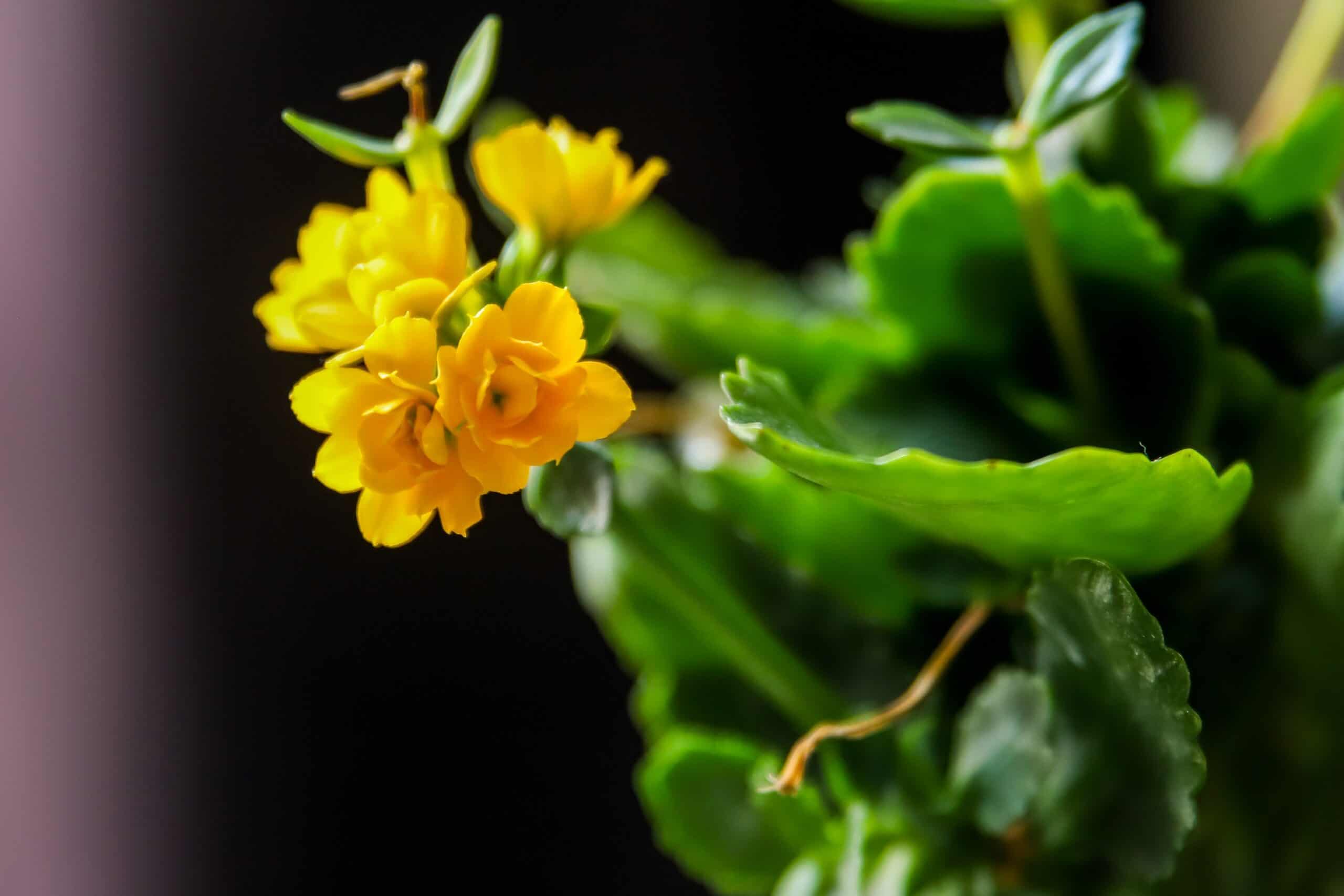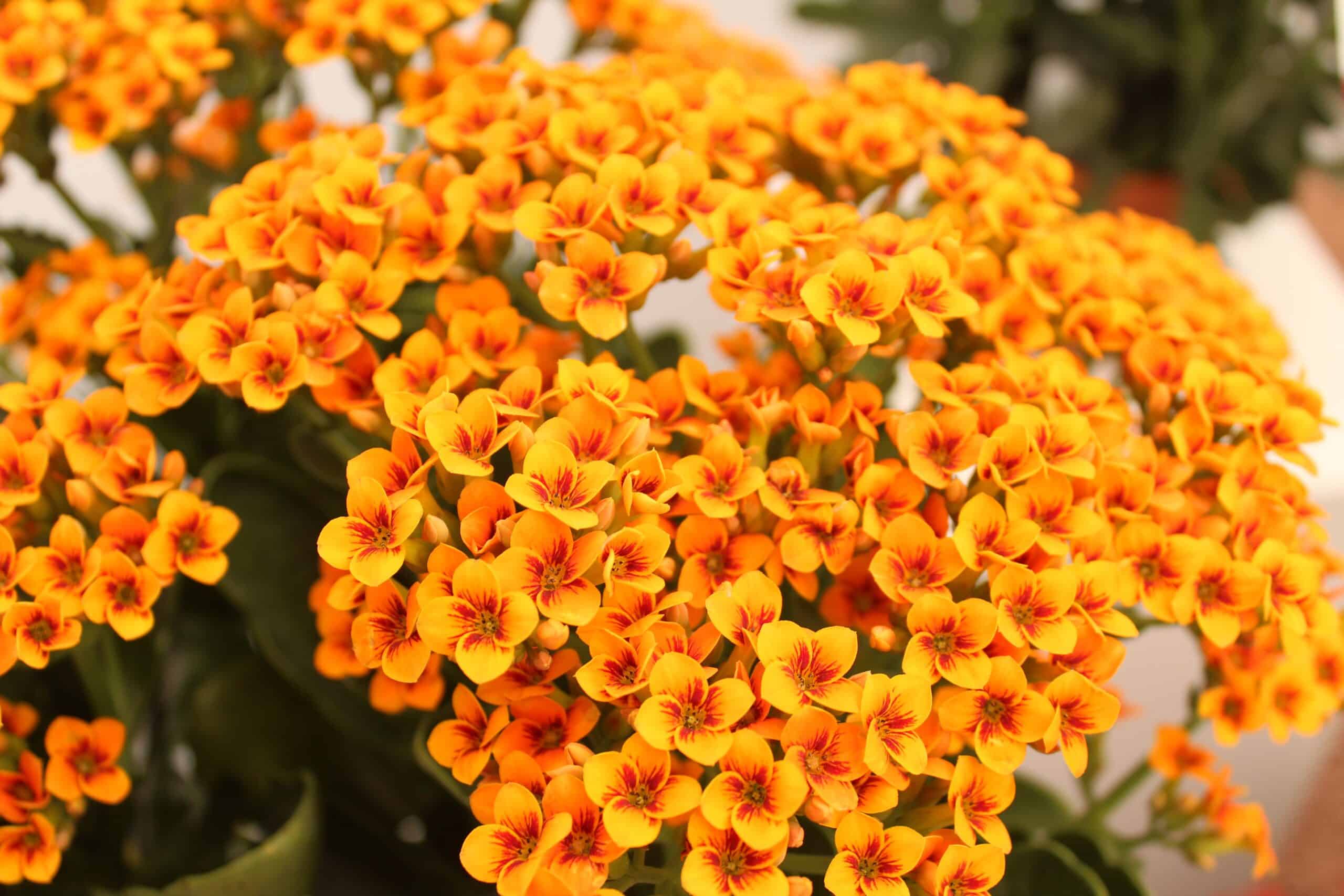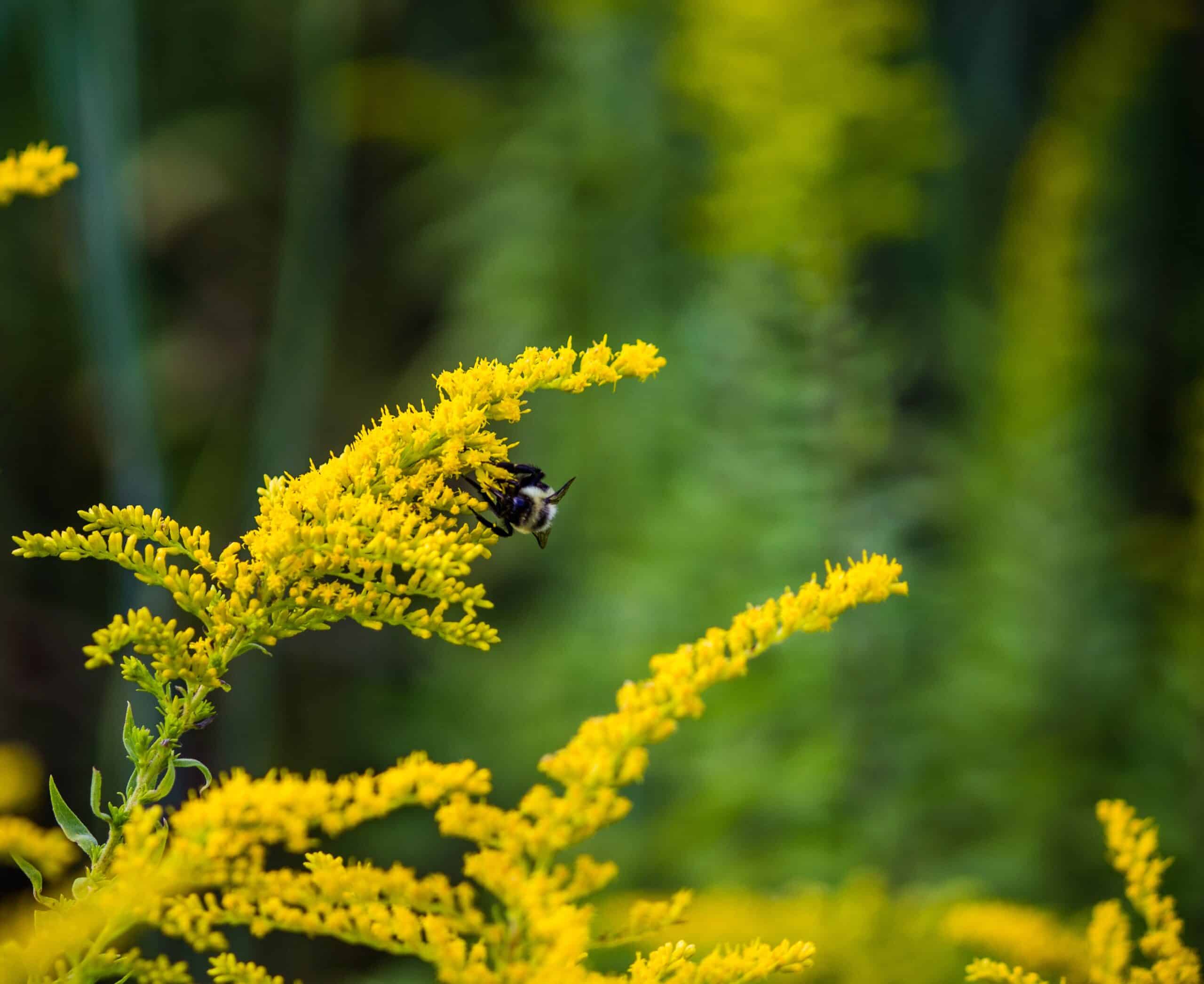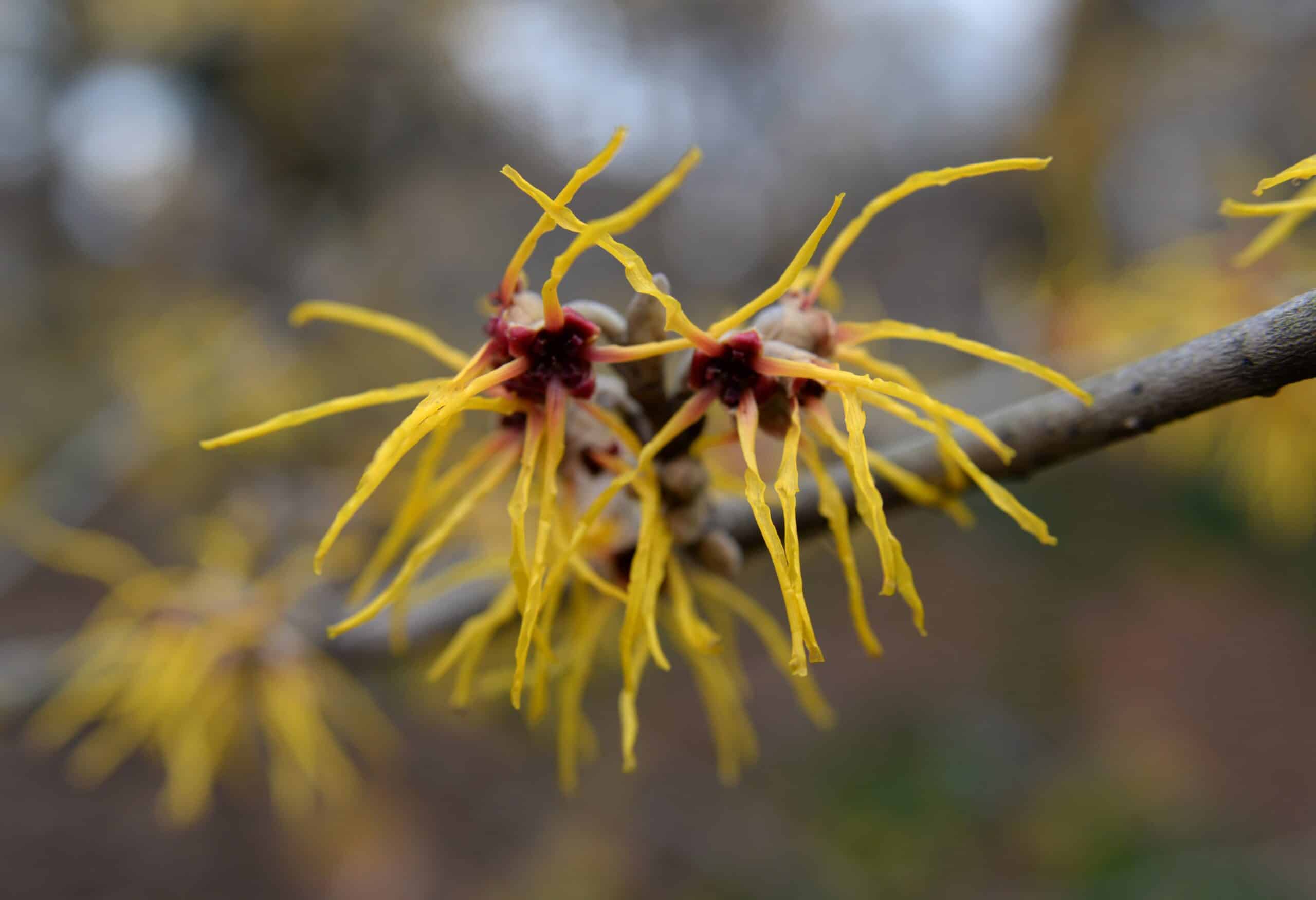Kalanchoes are beautiful flowering plants that come from South Africa. They are also called mauve orchids because they resemble miniature versions of kalanchoe flowers. These plants are very easy to care for and require little maintenance. If you want to grow them at home, follow these steps.
Kalanchoes are commonly grown as houseplants, but they can also thrive outdoors in full sun. The plant requires minimal water during its growing season, but once it starts blooming, it needs regular watering.
When purchasing a kalanchoe, you should choose a pot with drainage holes. This way, excess moisture won’t accumulate inside the pot. Water the plant regularly until it begins to bloom. Once it does start blooming, don’t let it dry out.
How to Grow Kalanchoe From Seed
Kalanchoes are popular house plants and are easy and inexpensive to grow from seed. They require very little water or fertilizer and will thrive under partial shade. Seeds should be sown immediately into a damp potting mix and kept moist until they sprout. Once seeds begin to emerge, keep the pots well watered. As the seedlings develop, gradually reduce the watering frequency until you see no signs of moisture stress. When the plantlets reach about 3 inches tall, transplant them into larger containers filled with a good quality potting mix. You can now start fertilizing regularly. Your plants will continue growing slowly during the summer months. In the fall, cut off the tops of the plants, and allow them to dry out completely. After several weeks, store the dried stems separately in paper bags or envelopes. These stems make excellent winter decorations. To propagate kalanchoe plants, take one stem and place it in a glass of water. Keep the container covered for four days, and then change the water daily. This process will produce many new plants.
Potting and Repotting Kalanchoe
When your Kalanchoe is ready to be repotted, remove all but two or three leaves from the bottom of the plant. Cut back the roots at least an inch below the soil line. If necessary, trim away any dead or damaged roots. Fill the hole with fresh potting mix, making sure that there are plenty of air pockets. Water thoroughly, and let the plant drain before adding more potting mix. Be careful not to overwater; this may cause root rot. Add some fertilizer if needed. A slow-release fertilizer like Osmocote can be used for the best result.

Pruning
Kalanchoes have long, thin leaves that look like feathers. The flowers are usually white or pink, although there are also varieties that bloom yellow or red. It is important to prune your kalanchoes every year to maintain their shape and appearance. Pruning is done by cutting back the foliage slightly on young plants. Older plants may need more drastic cuts to remove dead or damaged branches. Cuttings taken from older plants will root easily if planted in fresh soil.
Propagating Kalanchoe
Kalanchoe plants are easy to grow and propagate. They do well indoors and outdoors and require little care. You can start seeds directly into the soil or take stem cuttings. Take a cutting about 2 inches long. Dip it into the rooting hormone solution and place it in a moist potting mix. Keep the mixture warm and mist regularly. After four weeks, you’ll see roots growing out of the bottom of the cutting. Plant the cutting in a container filled with good-quality potting mix. Water thoroughly and keep the plant out of direct sunlight until established.
Kalanchoe Care
The Kalanchoe is one of the easiest plants to care for. It grows quickly and requires little maintenance once it gets established. You can even start growing kalanchoes indoors. The following things you must know about caring for them.
- Light
Kalanchoe plants are easy to grow and come in many different colors. These succulents are like indirect light, so make sure to give them some sun. You can buy kalanchoe plants online or find them locally at nurseries.
- Soil
Kalanchoes are easy to grow and, once established, require little maintenance. They don’t mind being planted in partial shade but do best in full sun.
You can find kalanchoe plants in nurseries, garden centers, and some grocery stores. If you’re buying plants, make sure you know what variety you want. Some varieties are better suited to colder climates, while others prefer warmer weather.
- Temperature and Humidity
Kalanchoe likes a humid atmosphere, so if you live in a place where it’s too dry, bring it indoors during the winter. To help keep the plant healthy, keep it between 60 and 80°F. Warmth helps plants grow fast.
- Fertilizer
Most kalanchoes don’t need fertilizers. However, remove the affected parts and apply a fungicide if you notice any disease, such as brown spots on the leaves. Fungicides will kill off fungi and prevent future infections.
Potential Pests and Diseases
Kalanchoe blossoms attract many types of insects and mites. These include aphids, mealybugs, thrips, whiteflies, leafhoppers, scale insects, spider mites, and others. These pests cause leaves to curl up and die. If you see curled leaves, try spraying your plant with water, and make sure there are no holes in the potting mix.
It could be a fungal disease if you notice brown spots on your kalanchoe leaves. Remove infected leaves immediately. Cut out the damaged area and discard it. Wash the cut end with soap and water. Use a fresh cloth to wipe off any dirt. Place the cut end into a jar filled with alcohol, such as rubbing alcohol. Keep the container away from sunlight. Wait several days and check again. If the spot does not disappear, discard the leaves.
What we love from Amazon this week
Buy these wonderful flowers directly from Amazon:


















